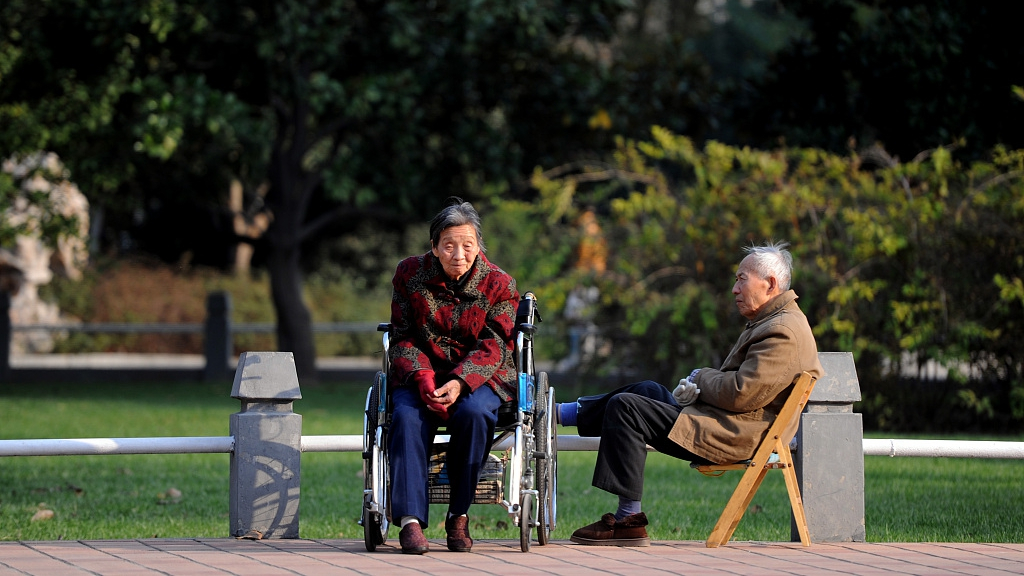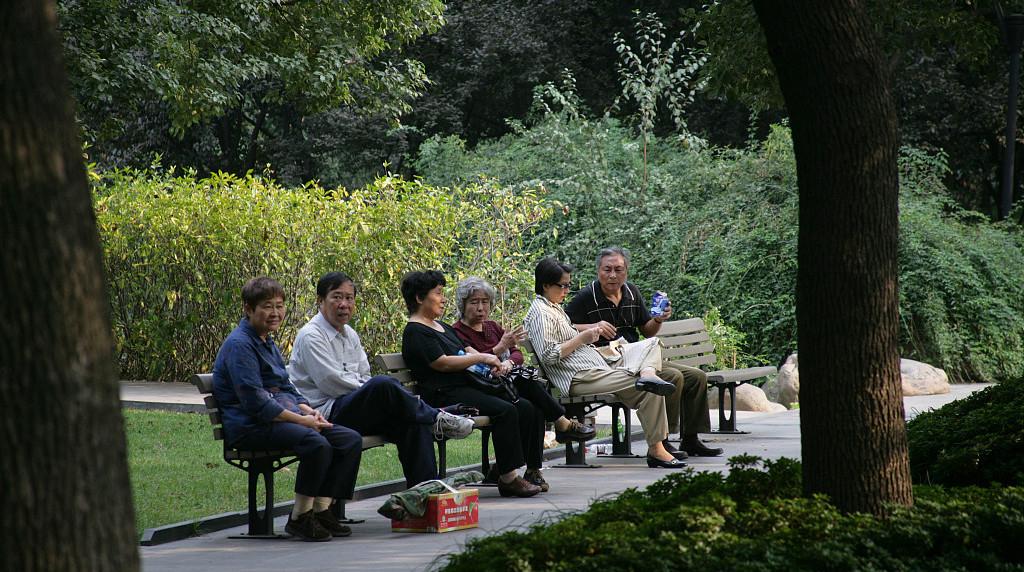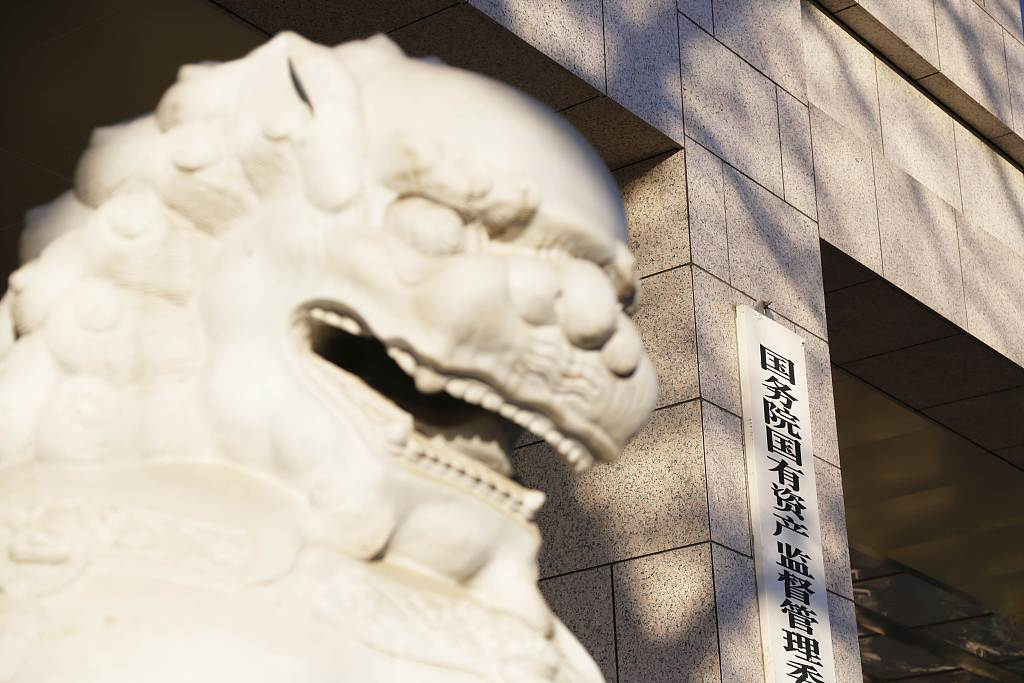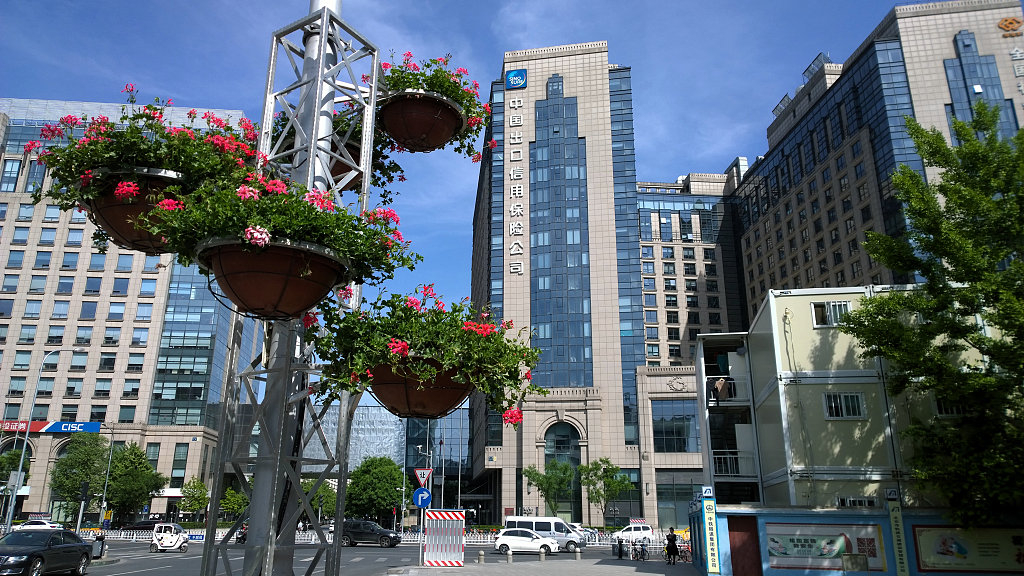

The phrase "poor generation of the 1980s" has been buzzing on Chinese social media this week after an article sparked public anger by saying that the country's pension fund will run out by 2035, which means the generation born after the 1980s will have no pensions when they retire at 55 for women or 60 for men.
The article was cited in a report by the World Social Security Center at the Chinese Academy of Social Sciences. The report states that the current pension fund for urban workers will have difficulty maintaining a balance in the next few years within the upcoming three decades before it starts to plunge. Moreover, the deficit will expand until the pension fund surplus runs out by 2035.
"Of course, aging is the main reason for the problem. When fewer people pay pensions and more people take benefits, the surplus of the pension fund can't last long," said Wu Gangliang, an expert from the China Enterprise Reform and Development Society.

China is accelerating into an aging society, with 17.9 percent of the total population aged 60 or above, and 11.9 percent aged 65 or above, according to 2018 figures from the National Bureau of Statistics. Standards set by the UN state that when the population of seniors aged 65 or above hits seven percent, the country can be defined as aging.
Japan, for example, is known as a super-aging society as its senior population aged 65 or older accounted for 28.1 percent in 2018, a record in the country's history, which experts say will hamper the nation’s productivity due to snowballing social security costs and a labor shortage. Is China facing the same problem?
The China National Committee on Aging (CNCA) predicted that the population of seniors aged 60 and over is expected to peak at 487 million around 2050, nearly 35 percent of the total population.

A group of seniors are chatting with each other in a park, Shanghai, October 30, 2019. /VCG Photo
Despite the issue of aging, another reason for the problem is the Chinese government lowering pension contributions from enterprises from 20 percent to 16 percent this May to reduce the tax burden on businesses and boost the real economy. How can this problem be resolved? The transfer of state assets is one primary option.
"State assets, seems to me, is the best funding source. Our state assets are huge... The total value is somewhere between 60 to 70 trillion yuan. According to government plans, 10 percent of them will be transferred to the pension fund. That is a huge amount of money. Seven trillion in all is enough to cover any pension shortfall," said Wu.

The building of the State-Owned Assets Administration and Supervision Commission of the State Council, Beijing, China. /VCG Photo
The expert also elaborated on the viability of the state assets transfer, telling CGTN that the Chinese people are the final and true owners of the state assets, so using such assets as the source of pension fund is logical and reasonable. He added that China’s state-owned enterprises (SOEs) have always been criticized for having single shareholders. So the transfer will, to some extent, improve the governance structure of SOEs by bringing in more shareholders.
"After transferring the shares or equities, another agency (National Council for Social Security Fund) will become their new major shareholder. The diversification is expected to improve the governance structure of SOEs," Wu said.
Chinese Premier Li Keqiang also said the government would increase the total amount of the social security fund by transferring state assets to guarantee the safety of pension during the first session of the 13th National People's Congress in March. The work will fully unfold this year, according to the State Council last week.

Chinese Premier Li Keqiang at the first session of the 13th National People's Congress. /Xinhua Photo
Transferring state assets is a viable solution, but not a panacea. The best way is to boost the economy, in turn allowing more enterprises to make pension contributions, according to the expert.
China has taken many other measures to address the funding challenge, including allocating a portion of central government funds to make up for the local pension deficit, in a country where pension contributions are collected and managed by local governments. Authorities are also allowing Chinese couples to have their second child to enlarge the labor force and to cut enterprise taxes to increase employment.

"The claim that the generations born after 1980 will have no pension once they retire is totally a misunderstanding of the pension system and irresponsible," said Zhang Yinghua, researcher of the World Social Security Research Center for the Chinese Academy of Social Sciences.
He explained that there was no surplus of pension fund when the system was founded in 1996. At that time, local governments paid annual pensions to retirees with the money they collected the same year from laborers and there was no surplus, but kept a balance.
The surplus of China's pension fund went up steadily since the establishment of the pension system, but because of aging, the reserve began to decrease in 2014, which will eventually run out by 2035 if all else remains unchanged.
"The calculation is true (the surplus of pension fund will run out by 2035), but it's normal and doesn’t mean the local governments can’t pay pensions to the people born after 1980 when they retire. Because the governments could keep a balance then, they're capable of doing it in the future," Zhang said.

Copyright © 2018 CGTN. Beijing ICP prepared NO.16065310-3
Copyright © 2018 CGTN. Beijing ICP prepared NO.16065310-3